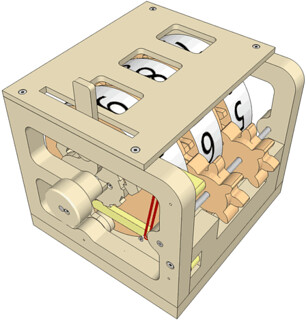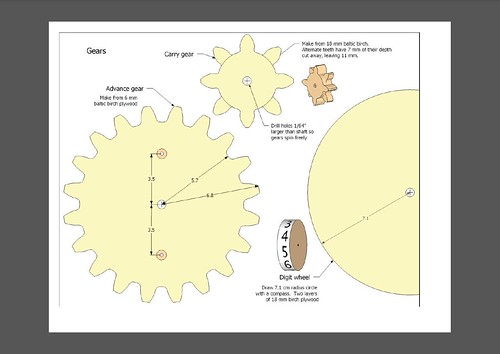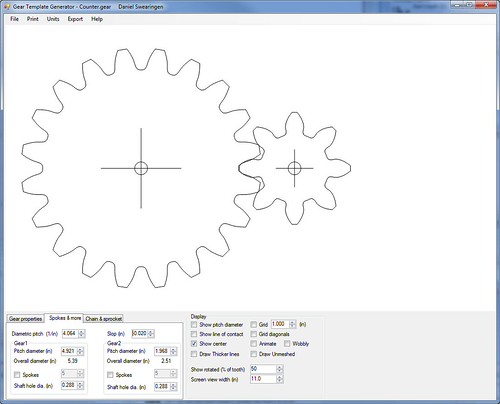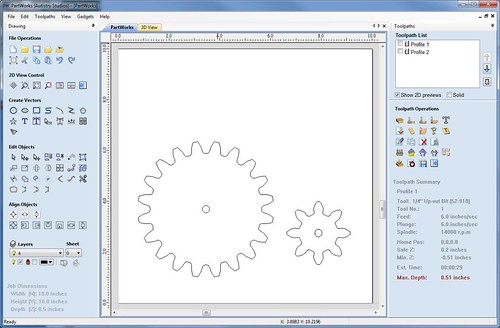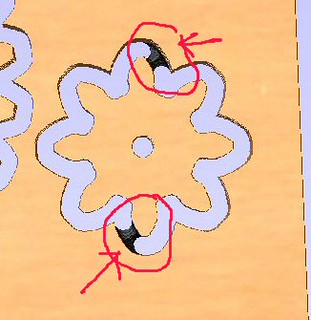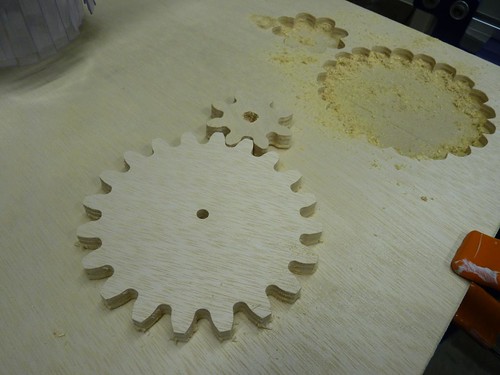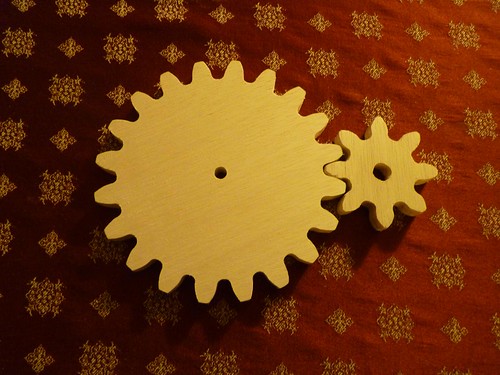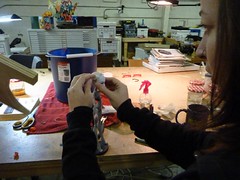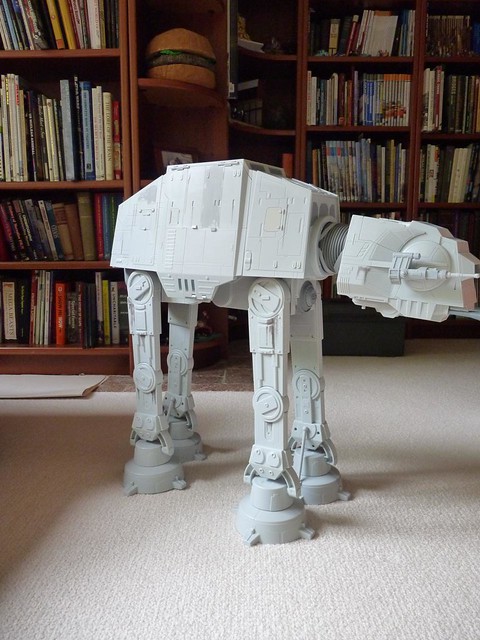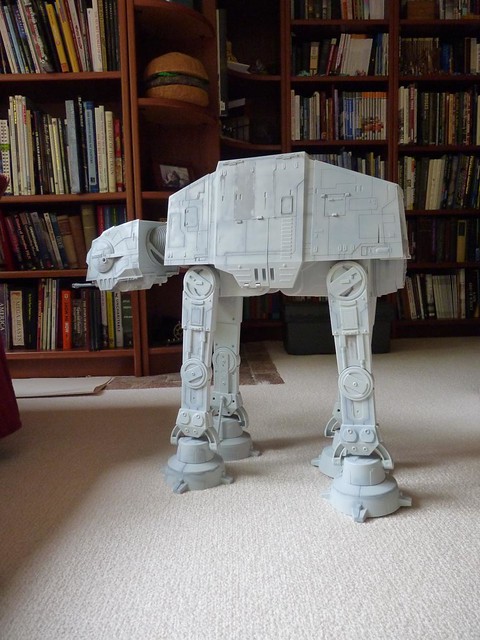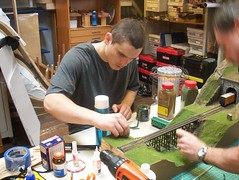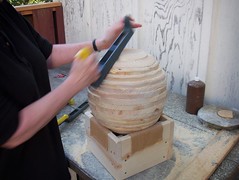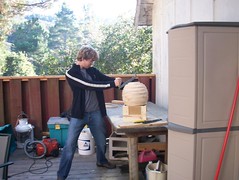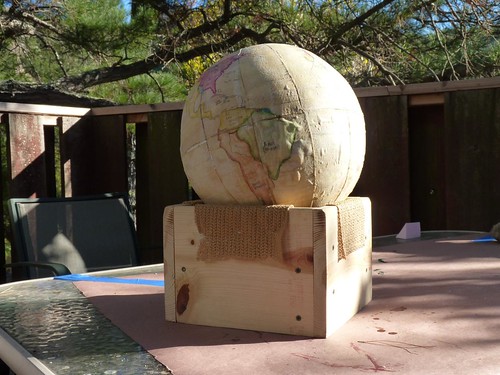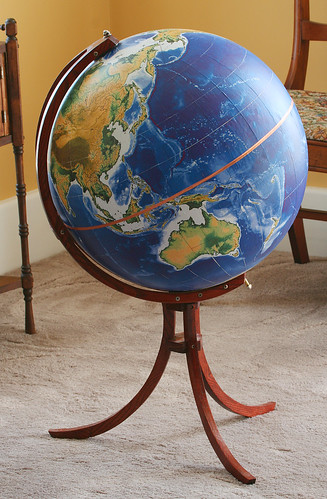The first Bond story? Chitty Chitty Bang Bang
Dan Swearingen | February 17, 2013
You read that right. Chitty Chitty Bang Bang.
 Here’s why Chitty Chitty Bang Bang (hereafter CCBB) is the first Bond film.
Here’s why Chitty Chitty Bang Bang (hereafter CCBB) is the first Bond film.
1. Ian Fleming, author of the James Bond books, wrote the book “Chitty-Chitty-Bang-Bang: The Magical Car” published in 1964.
2. The film CCBB was produced by Albert R. Broccoli, one of the producers of all the Bond films.
3. As in most Bond films, in CCBB the first love interest of the main character dies. Caractacus Pott’s wife dies previous to this story.
4. In Bond films the woman of the hour has a suggestive name. In CCBB Caractacus Pott’s female counterpart is Truly Scrumptious.
5. James Bond and Caractacus Pott both held the rank of Commander in the Royal Navy.
6. Bond movies often feature a car with gadgets and special features. CCBB: the car has a few tricks.
7. Bond films usually have a megalomaniac villain. In CCBB we have Baron Bomburst played by actor Gert Fröbe who previously appeared in the Bond movie Goldfinger as the titular villain Auric Goldfinger.
8. In Bond movies the above mentioned villain usually has an awesome lair with huge interior space. In CCBB we have Baron Bomburst’s castle set in the closest thing in existence to a Disney Princess castle – Neuschwanstein Castle.
having got this bit of movie trivia off my chest I leave you with the main song of the movie (Bond movies always have catchy title songs!)




